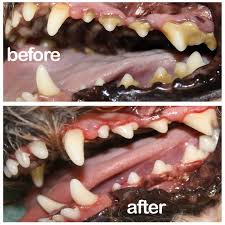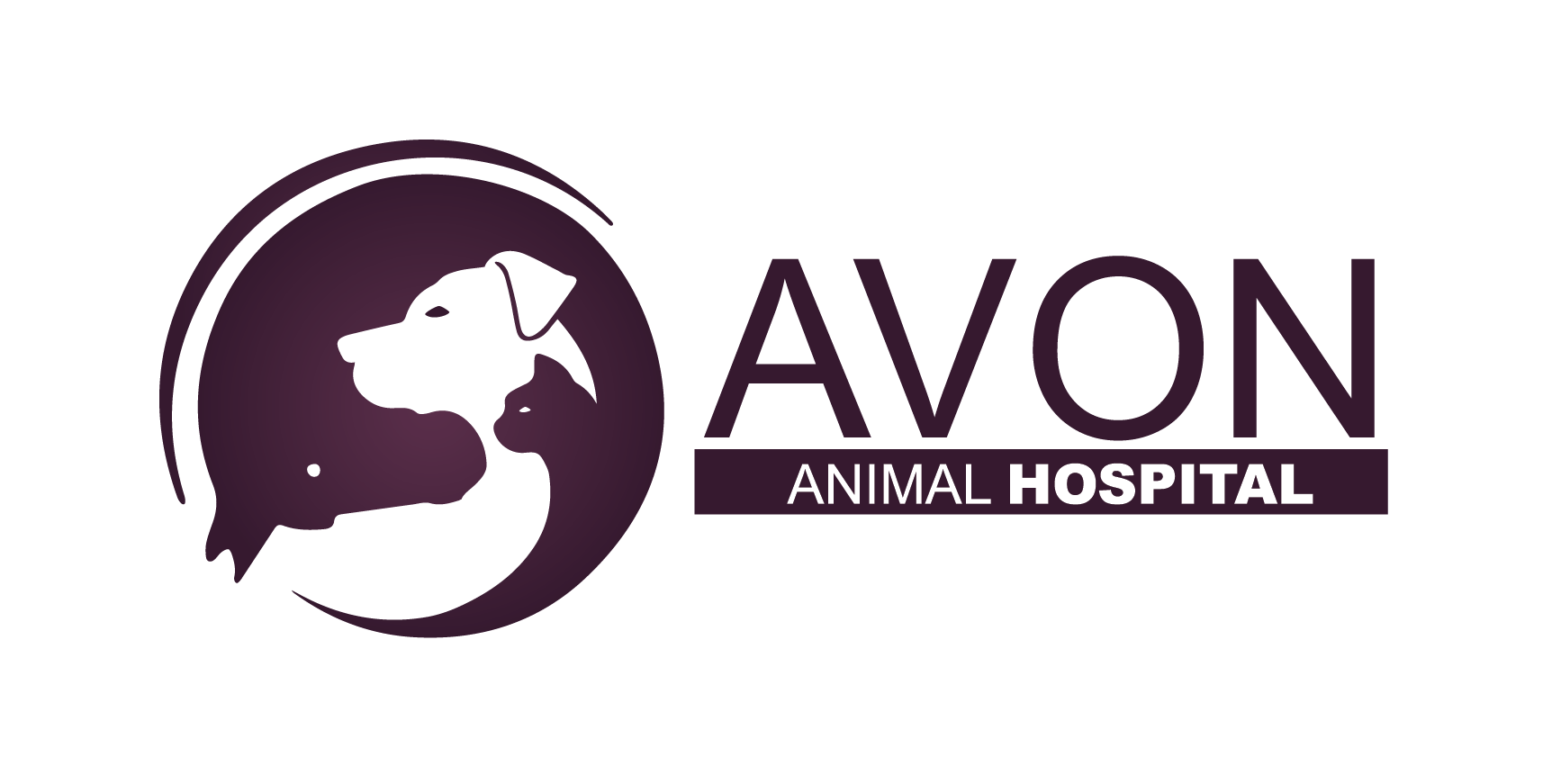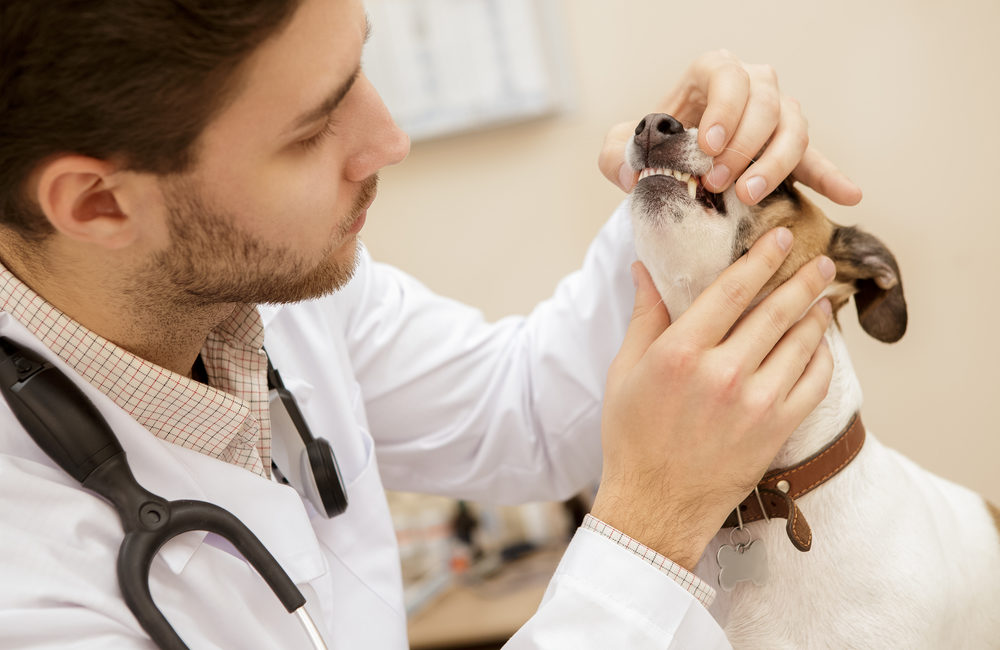 Our pets are pros at hiding pain. Even a pet with abscessed teeth may continue to eat, drink, and play despite their dental discomfort. If your pet has browning teeth, inflamed gums and stinky breath, they’re probably suffering from a dental (periodontal) disease that could result in tooth loss and expensive oral surgery. Dental disease may also wreak havoc with other organs in the body as bacteria in the mouth can move into the bloodstream causing serious infections in the kidneys, liver, lungs, and heart.
Our pets are pros at hiding pain. Even a pet with abscessed teeth may continue to eat, drink, and play despite their dental discomfort. If your pet has browning teeth, inflamed gums and stinky breath, they’re probably suffering from a dental (periodontal) disease that could result in tooth loss and expensive oral surgery. Dental disease may also wreak havoc with other organs in the body as bacteria in the mouth can move into the bloodstream causing serious infections in the kidneys, liver, lungs, and heart.
Be Proactive!
Fortunately, most dental problems start out as very simple issues that can be resolved easily. As a pet owner, you can proactively manage your pet’s dental health and minimize the need for professional dental cleaning and treatments. Pets should “ideally” have their teeth brushed daily using pet-safe toothpaste. Realizing this is not going to be a reality for most of us, try to aim for at least once a week. While nothing beats regular brushing, oral rinses, dental diets and dental treats can help reduce the bacteria and plaque that lead to tartar formation.
What Happens If My Pet Needs a Dental Treatment (cleaning)?
A dental treatment involves an evaluation of the oral cavity and cleaning of the surface of the teeth and underneath the gumline where the majority of bacteria and tartar are found. After the teeth are cleaned, they are polished to smooth the rough surface created by the cleaning. Without polishing, these irregular surfaces allow bacteria and plaque to adhere more easily and accelerate the recurrence of dental disease. An antibacterial solution is used to remove any debris that collects from the scaling and polishing. Dental x-rays may also be used to assess the extent of the dental disease and the need for tooth extractions or additional work.
Will My Pet Require Anesthesia?
Unlike us humans, our pets will not remain motionless and hold their mouth open for scaling, polishing, drilling, and splashing water. A general anesthetic will eliminate any associated destress, pain, and best of all, your pet will have no memory of the experience. Rest assure, our anesthetic protocols are designed to minimize the risk for all pets.
These protocols have been formulated by experts in veterinary anesthesia and pain management. In general, we run pre-anesthetic blood work on all pets to make sure that they are healthy enough to handle anesthesia. After the blood work, the appropriate protocol for the procedure and pet is then chosen. During the procedure the pet has an IV catheter in place and is monitored constantly by our registered veterinarian technicians.
Be Part of a Team!
Studies show that by the age of 3 more than 80% percent of dogs and 70% of cats have some stage of periodontal disease. Just as we keep on top of our own health, we should stay informed about our pet’s health, too. At home dental care combined with regular veterinarian dental exams is a team approach that can ultimately optimize our pets’ dental health and happiness.



